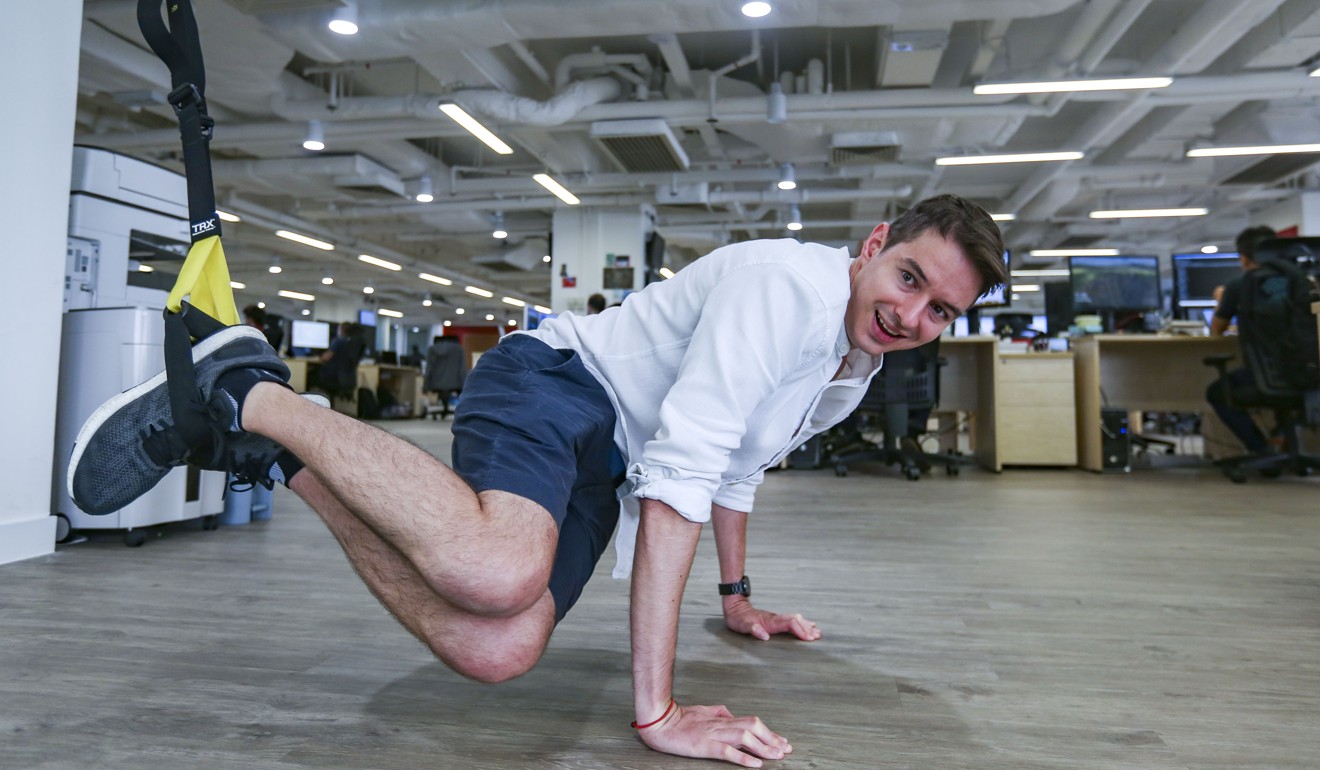
How tech companies improve employees’ mental and physical health and boost productivity
Innovative internet companies such as LinkedIn and Chengbao are pulling out all the stops to keep their employees healthy and happy and reaping the rewards in productivity, creativity and attendance
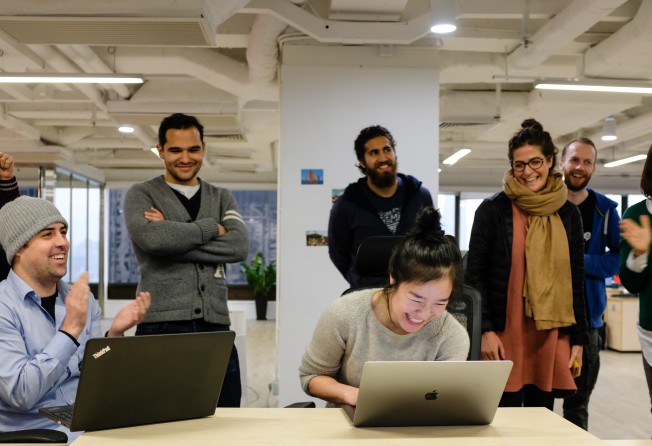
Workers at the Hong Kong base of global cybersecurity company Chengbao relish their autonomy. Instead of chafing under rigid working hours, Chengbao’s flexible work arrangements require employees to be in the office only during the core hours of 11am to 5pm. Outside that, they are free to do as they please.
Varona Chan is an office manager in the internal recruitment department. She appreciates the culture at this organisation so much that she can’t picture going back to a local style office.

“Here, they really are concerned about people’s work-life balance,” she remarks, citing how the organisation encourages those working long hours to take a break and recharge, to boost their productivity. “That’s a totally different direction.”
Another internal recruitment staffer, Charles Wong, is more blunt in his assessment: “This is the first place where I am treated like an adult.”
The pair claim that not having to monitor staff’s absenteeism and ‘presenteeism’ – being at one’s workplace for more hours than required, or working despite illness, injury or anxiety – gives them more time to meet their work goals.
What is acutely policed is air quality. The pair was sitting in a conference room, which, like many rooms in this office, features small sensors on the table to gauge fine particles in the air. Six air purifiers are installed in the premises, with screens displaying up-to-the-minute air quality data.
“We are very concerned about air quality – if the air is bad, that means everyone feels tired,” Chan explains. If indicators show unhealthy levels of indoor particles, the air cleaners are cranked up.
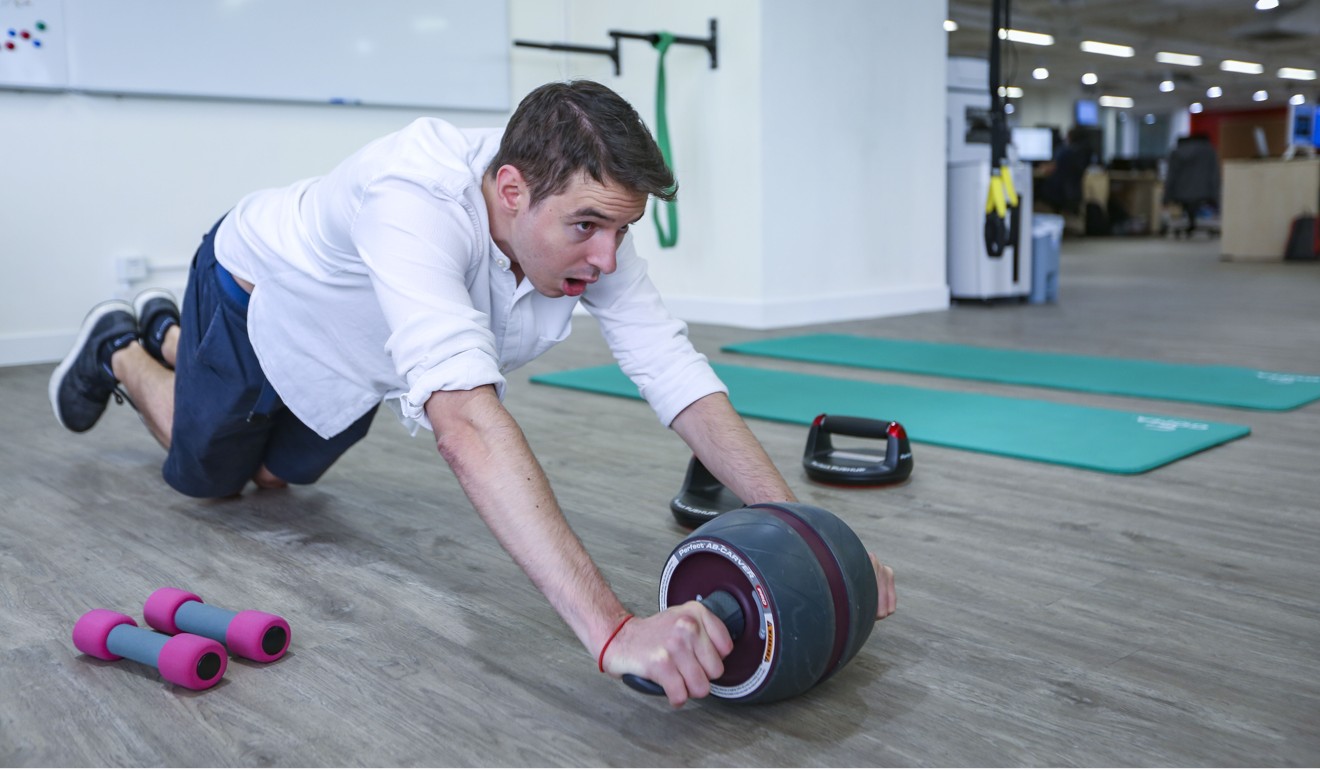
Carefully curated wellness oriented workplaces are not yet the norm in Hong Kong, which is starting to follow the lead of many US workplaces, particularly tech companies. Amazon last year opened its spherical rainforest-like headquarters in Seattle, with reportedly 40,000 plants, cascading waterfalls and climate-controlled conditions.
It was driven in part by countless research that suggests worker access to nature brings benefits such as lower stress and anxiety levels, even less sick leave.
Hong Kong companies recently began to offer free fruit, snacks or soup in the pantry, or even subsidised gym memberships. Now, progressive employers are increasingly broadening their wellness programmes, to include spaces for yoga and meditation, FitBits and other fitness tracking gadgets to encourage staff to adopt healthier practices.
Start-up cloud services company ServiceNow opened a new office in Causeway Bay’s Lee Gardens that features a wellness room for meditation, standing desks and more.

Tech companies remain at the forefront of experimenting with wellness-focused offices, partly to foster more creativity and innovation, partly to lure talent in an intensely competitive industry. Danjoux also believes start-ups – which most tech companies are – don’t have the legacy of traditional-style workplace and management that were based on having staff do repetitive tasks, and the ethos that the longer employees are at the office, the higher their productivity.
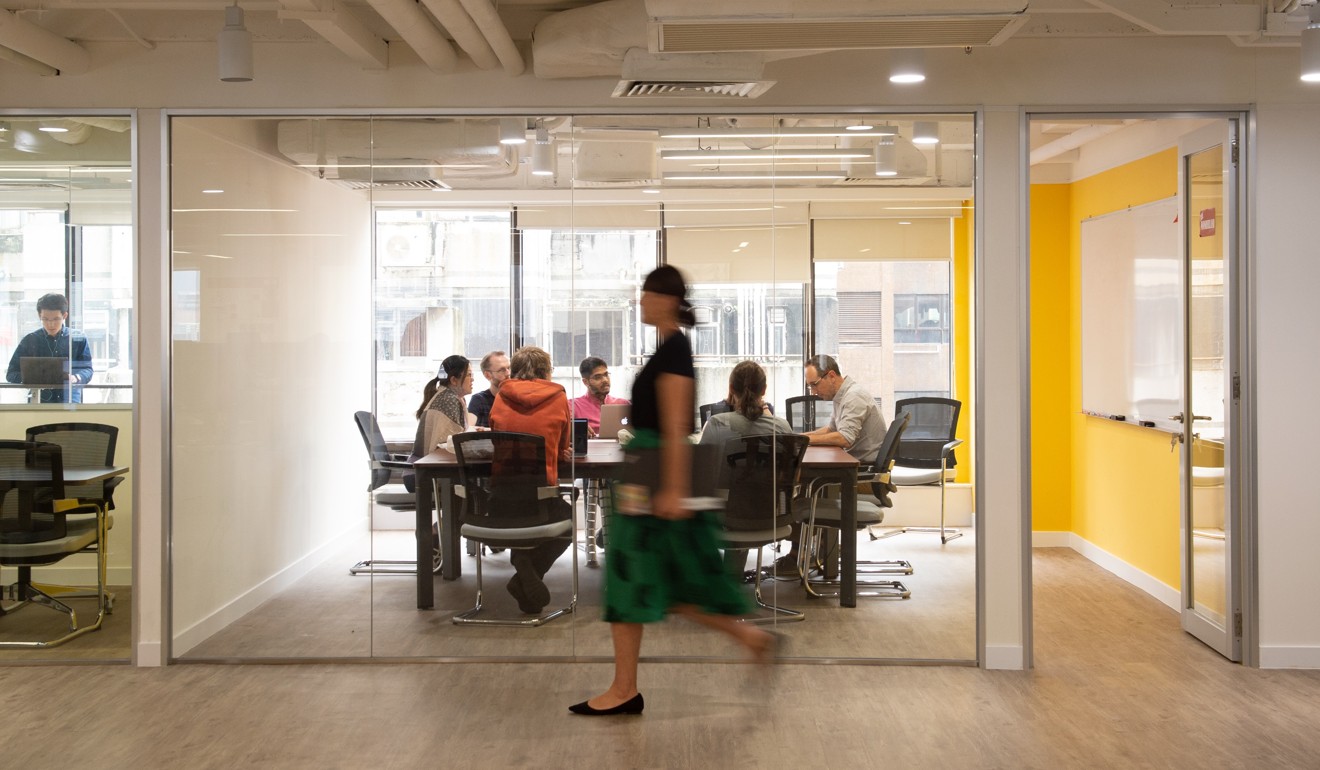
At Chengbao, opportunities for R&R are many, enabling staff to return to their desks with greater enthusiasm. They can play ping pong in a dedicated room. There is a gaming area for multiplayer sessions. A conference room acts as a fitness space, complete with yoga mats. Another zone has TRX cables, and bars for pull-ups and dips. A nearby resting area lets staff take a nap.
The ping-pong table is a favourite, and helps foster more intra-department communication and collaboration. Chan says the product and marketing teams were not close to each other, but since the game was made available, they regularly talk and play together.
Chengbao’s efforts are paying off in two key ways: Sick leaves are down, while retention is up.
“It’s got to a point where we don’t even control the amount of sick leave people take, because we don’t need to – they don’t often use it,” says Danjour.
Turnover is low, at around five per cent. “We’re in a high growth phase, for us having someone leave after a month is … a huge loss,” he adds.
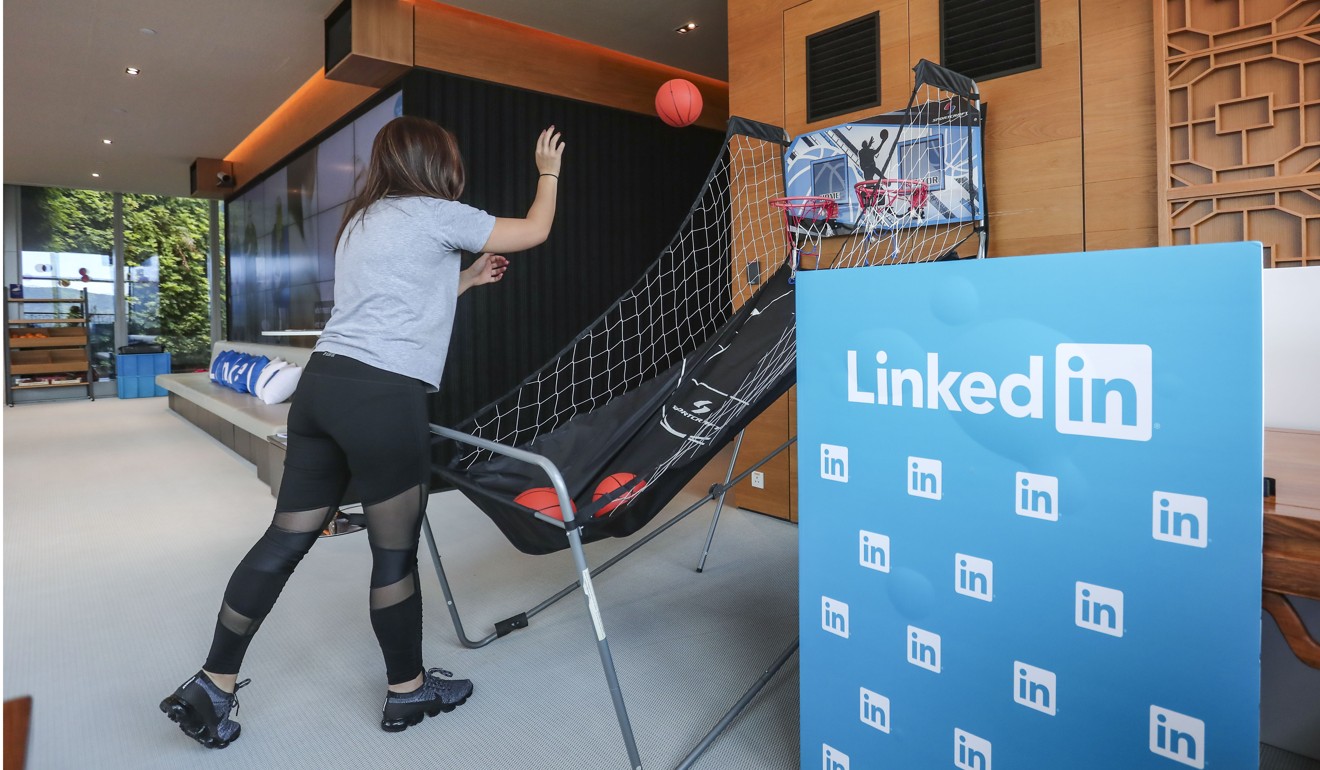
The benefits of keeping employees healthy and happy are not lost on LinkedIn either. Its Hong Kong base is on the top floor of Hysan Place and the range of staff amenities and privileges easily distracts from the stunning harbour panorama.
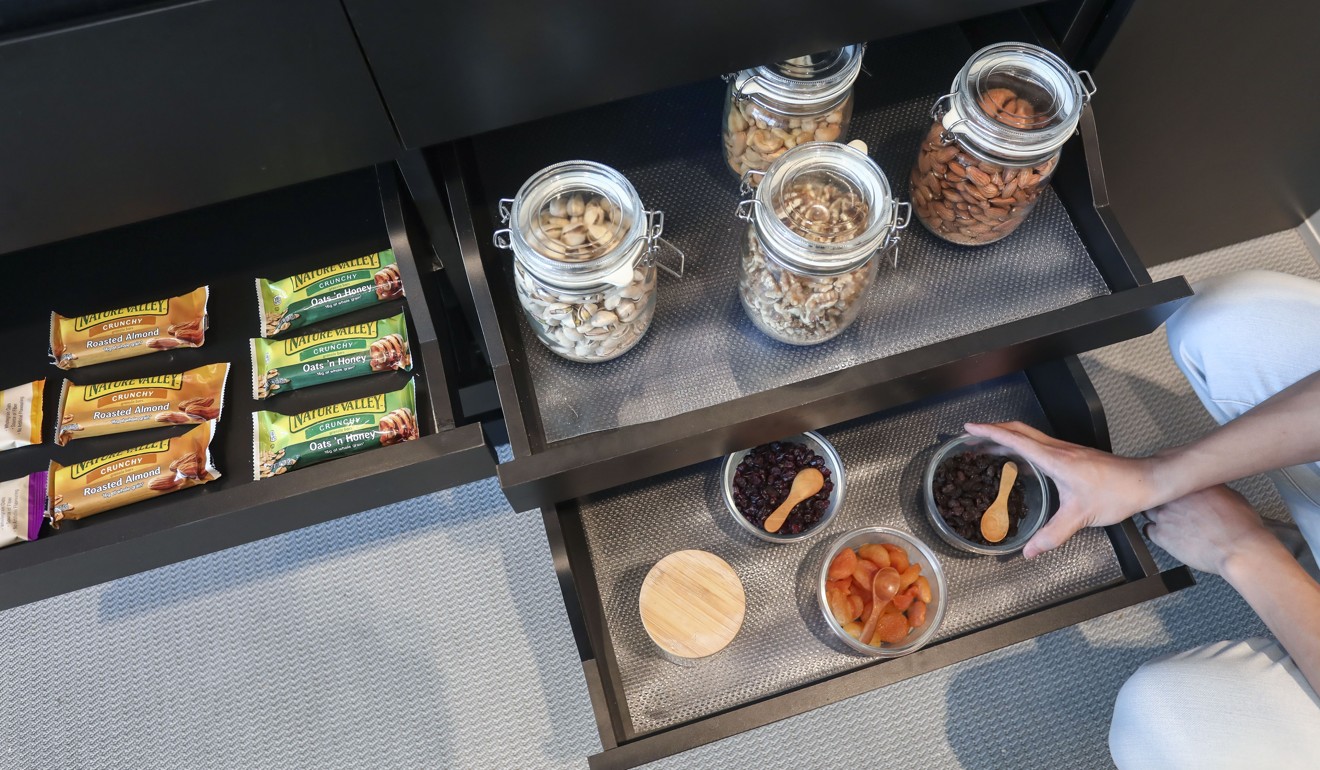
The company provides free lunch three times a week, they include healthy options such as salads.
Staff can work off those calories in the TRX-accessorised on-site gym, which can also be used for stretching, yoga or cardio-based sessions.
These features are part of the company’s six-pronged wellness programme – based on “thought”, “movement”, “breathing”, “hydration”, “nutrition” and “rest”.

“We think about talent as No 1,” he says. “Giving our employees opportunities to transform themselves is massively important, and we want every employee to feel LinkedIn has their well-being at heart.”
To support its “thought” pillar, LinkedIn is in a partnership with the Headspace app for guided meditation classes, to refresh minds and rejuvenate their thinking.

Rest tables, quiet areas and relaxation zones are spread across the office where anyone can switch off and recharge. That includes a couch-filled zone with a ping-pong table, Nintendo Switch games, plus walls where anyone can doodle their thoughts or creative outbursts.
Free 20-minute massages can be reserved, too (available twice a month), which get booked fast.
Do these benefits truly affect staff? Gregory is convinced they do.
“We found the highest performers are often those heavily engaged in the programme, that there is a direct correlation between wellness and productivity,” he says, without disclosing the specific metrics used to gauge productivity. He adds that the environment and perks underpin LinkedIn’s workplace culture and values that include helping people transform themselves, not only at the company, but also out in the world. Its wellness programme, he insists, has the opportunity to do just that.